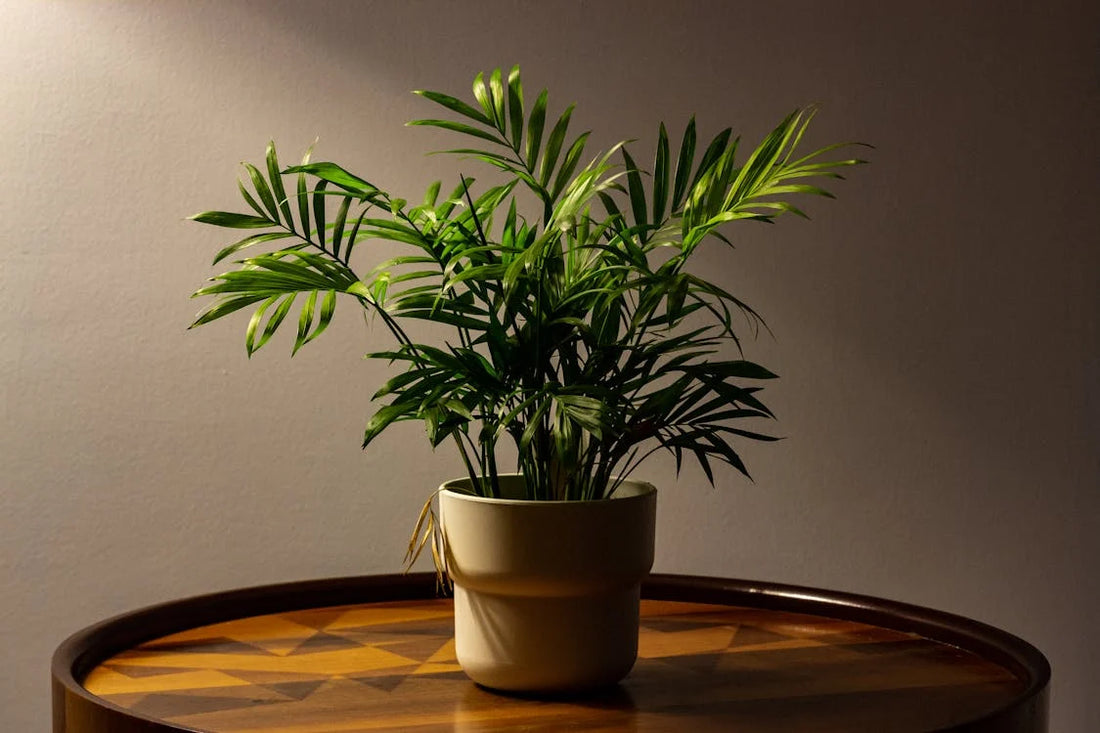
Background and history of the Dypsis (Areca Palm)
Share
The Dypsis , better known as the Areca Palm , has a rich history and is a symbol of tropical tranquility and elegance. This plant not only has a striking appearance, but also a fascinating story that goes back to its origins.
Origin of the Areca Palm
The Areca Palm is native to the tropical regions of Madagascar and South Asia. In the wild, it grows in the shade of taller trees, where it catches the light with its graceful leaves. This characteristic makes it an excellent indoor houseplant.
Symbolism and meaning
The Areca Palm is associated with well-being, abundance and a tropical lifestyle in many cultures. Its elegant leaves symbolize peace and harmony, making it a popular choice for homes and offices. In addition, the plant is often used in ceremonies and decorations because of its timeless beauty.
From tropical nature to European interiors
In the 19th century, the Areca Palm was brought to Europe by explorers who were fascinated by its tropical charm. It quickly became a symbol of luxury and became popular in Victorian conservatories and mansions. Today, it remains one of the most beloved houseplants worldwide.
A green hero in the modern world
In addition to its aesthetic value, the Areca Palm also has practical benefits. It is known for its air purifying properties and its ability to increase moisture in the air, which is especially useful in dry climates or heated homes. This combination of beauty and functionality makes it a valuable addition to any home.
With its rich history and versatility, the Areca Palm remains a timeless classic in the world of houseplants.
